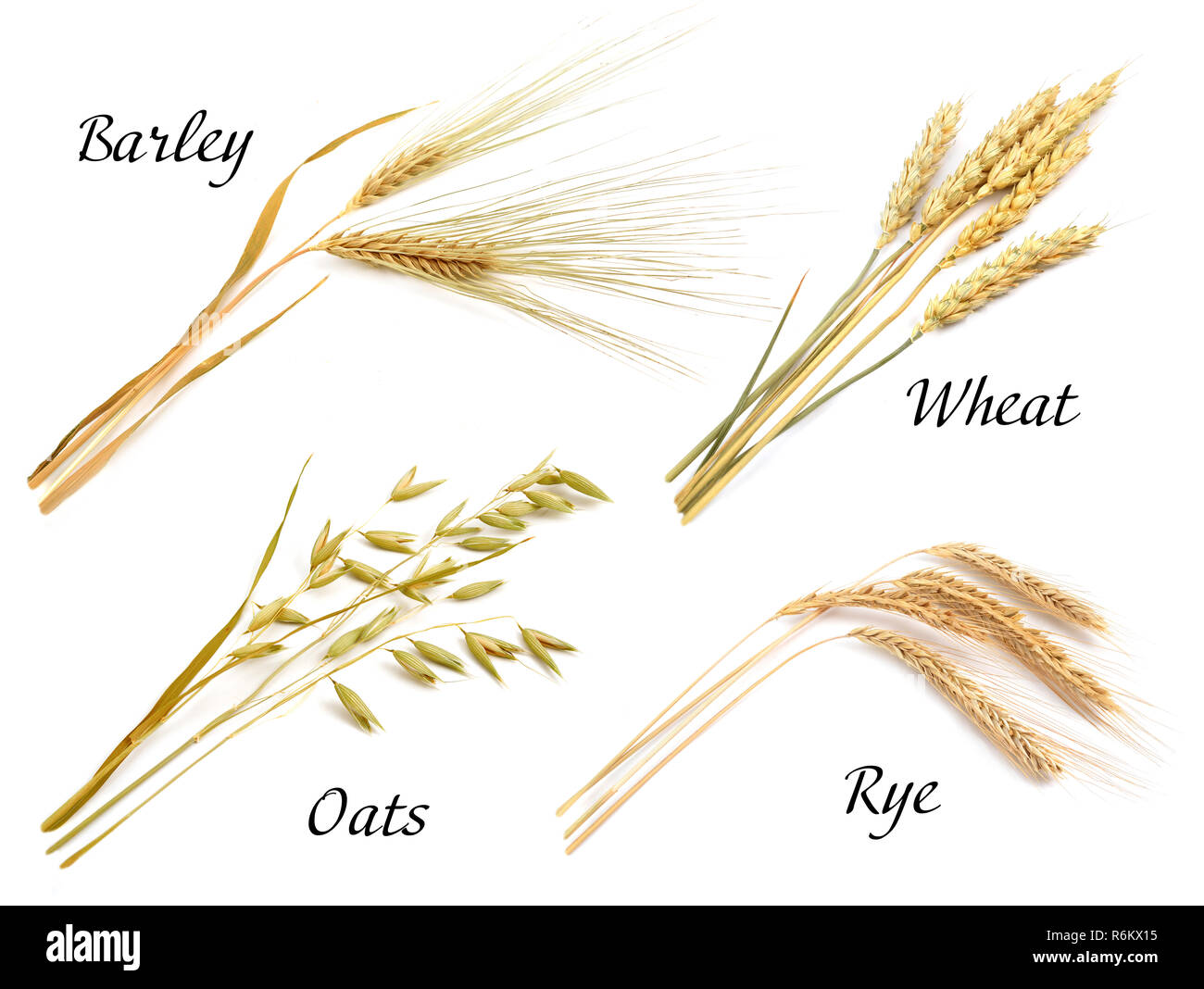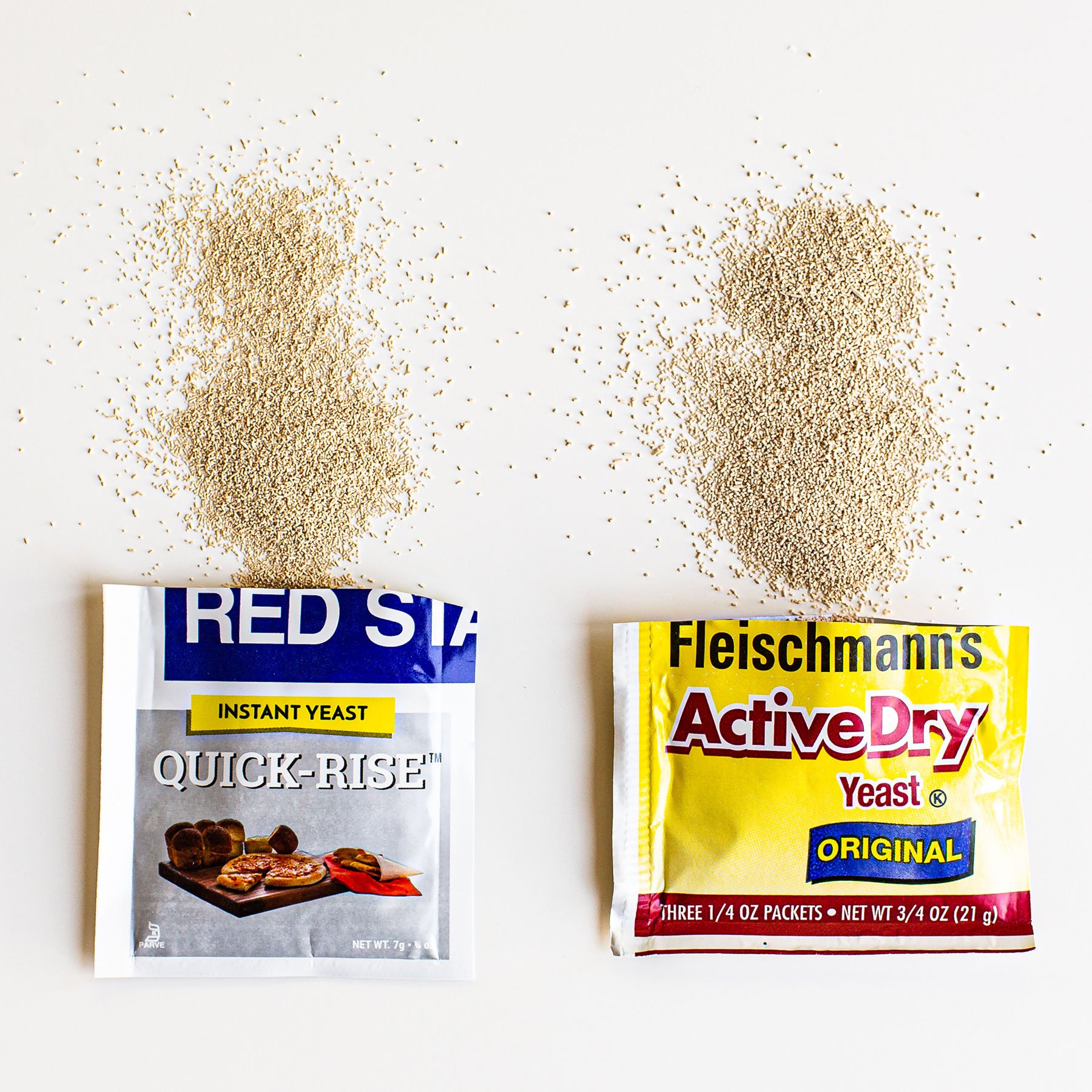https://www.youtube.com/watch?v=hHlc1GZws78
tzav in 60
https://www.washingtonjewishweek.com/its-passover-and-we-have-questions/
ii. https://religionnews.com/2017/04/06/on-passover-fearing-the-four-questions/
It's pronounced "zhick".
https://www.youtube.com/watch?v=y4IWRVpQs-s
https://www.szyk.com/szyk-haggadah/
Bird’s head
https://www.youtube.com/watch?v=CphJiX4JrPg
now available in pop up form!
https://www.youtube.com/watch?v=csCcl25LzGc
Question 2. How do
the majority of American Jews celebrate Yom Ha’atzmaut?
They eat
felafel
They
pray in synagouges
They
fast in protest of the state of Israel’s treatment of Palestinians
They have Yom Ha’atzmaut Seders
None of the above.
Question 3. Who do we remember on Yom Hazikaron?
The victims of
the Holocaust.
The victims of
anti-Jewish pogroms throughout history.
The fallen at
Masada.
The soldiers of
Israel's armed forces who have died.
Question 4. What is the National Bible Quiz?
A tournament in
which ultra-Orthodox students vie about Torah and Talmud.
A spelling
bee-like competition of Jewish students from around the world based on the
Tanakh.
A television game
show that culminates on Yom Ha'atzmaut.
A yearly questionnaire
that every Israeli citizen receives in the mail.
Question 5. What
is open on Yom Ha’atzmaut in Israel?
Arab
Businesses
Restaurants
Movie
Theatres
Bars and
Restaurants
Laundrymats
Question 6. Yom Ha'atzmaut is the anniversary of whose
announcement of the creation of State of Israel?
Moshe Dayan
Golda Meir
David Ben-Gurion
Tzipi Livni
None of the
above.
Question 1. What was the event that precipitated the
celebration of Yom Yerushalayim?
The dedication of
the Second Temple (515 B.C.E.).
The reunification
of Jerusalem (1967).
The day that the
modern State of Israel was founded (1948).
All of the above.
None of the
above.
Question 7. When is Yom Hashoah, in relation to other
holidays on the Jewish calendar?
A week after the
first day of Passover, and a week before Shavuot
A week after the
seventh day of Passover, and a week before Yom Hazikaron
A week after the
seventh day of Sukkot, and one day before Simchat Torah
Five days after
Rosh Hashanah, and five days before Yom Kippur
Question 8. On
what three holidays do Conservative Jews read the al hanssim prayer?
Pseach, Sukkot,
and Shauvot
Tisha B’av, Yom Kippur,
and Yom Hashoah
Purim, Channukah, and Lag Beomer
Purim, Channukah,
and Yom Ha’atzmaut
Purim, Channukah,
and Passover
Question 9. How is
Yom Hashoah, commemorated in Israel?
Stores are
closed, as are places of entertainment
Sirens sound
during the day and all traffic stops
Cable TV channels
go off the air
Sad or no music
is played on the radio
Fasting and reading
the book of Iyov/Job
Question 10. Which is not a way that Israelis celebrate Yom ha atzmaut?
hitting each
other with inflatable hammers
spraying people
with shaving cream
Eating humus,
falefel and pita
fireworks and
barbeques
taking the day
off
https://www.sefaria.org/Mishnah_Pesachim.10.4?lang=he&with=all&lang2=he
Chametz- חמץ
Some material borrowed from Wikipedia, the free encyclopedia
Chametz, also Chometz, Ḥametz, Khhhhoooometz and other
spellings from Hebrew: חָמֵץ / חמץ are leavened foods
that are forbidden on the Jewish holiday of Passover.
According to Jewish law (don’t call it “a tradition”) Jews may not
own, eat or benefit from chametz during Passover. This law appears
several times in the Torah;
the punishment for eating chametz on Passover is the divine
punishment of kareth (being cut off from the greater Jewish Community),
one of the more severe levels of punishment in Judaism.
Chametz is a product that is
both made from one of five types of grain, and has been combined with water and
left to stand raw for longer than eighteen minutes. From the Torah, the five specific species of
grain become chametz after wetting are wheat, barley, spelt, rye and oats. Yeast and Sourdough starters are also
forbidden on Passover.
SPELT is an ancient grain, related
to wheat. You can get matza made out of Spelt and it tastes like… matza.
BARLEY is a grain that has been eaten by people and animals for millennia. It is used for making beer as well.
OATS are a grain that is used to make oatmeal (hard to believe), breads, granola, beer and more. Some scholars say that oats are not what the Torah prohibits, but another kind of wheat no longer grown.
YEAST is not necessary to make Chametz: WATER, flour, and time is all it takes.
The Torah has three commandments
governing chametz during Passover:
- The positive commandment to remove all chametz
from one's home (Exodus
12:15).
- Not to possess chametz
in one's domain. (Exodus
12:19, Deuteronomy
16:4).
- Not to eat chametz, or
mixtures containing chametz (Exodus
13:3, Exodus
12:20, Deuteronomy
16:3).
-The “no-no-no!”
status takes effect around late morning on the eve of Passover, or the 14th of
the month of Nisan
in the Jewish calendar. Chametz is permitted again
from nightfall right after the final day of Passover. Those who participate in
Judaism normally spend the days leading up to Passover cleaning and removing as
much chametz from the house, or gathering it to one location for it to
be sold (not just
locked away) for the duration of Passover.
Removal of chametz
In addition to
the Biblical prohibition of owning chametz, there is also a positive commandment
to remove it from one's possession.[6] There are
three traditional methods of removing chametz:
·
Bi'ur: burning one's
chametz. On the night preceding the 14th
of Nisan, a formal search of the house known as bedikat chametz
("search for chametz") is conducted by candlelight. The chametz found
in this search is burned the next morning in a formal bi'ur ceremony. This
ceremony is found in almost every decent Haggadah.
·
·
Bittul: nullifying one's
chametz. On the night and again on the morning of the 14th of Nissan, at the
formal bedikah and bi'ur respectively, the head of the household recites
an Aramaic
statement nullifying all chametz remaining in the family's possession. The
statements conclude that the chametz "shall be nullified and considered
ownerless as the dust of the earth." Bittul must be done before the
prohibition of chametz takes effect; once 40% of day has passed on Passover eve, bittul
is no longer an effective means of removal and any chametz one discovers must
be destroyed
·
Mechirah: selling one's chametz.
Until five-twelfths (42%) of the way through the day of Erev Pesach one may
sell or give ones chametz to a non-Jew, and it is no longer ones
responsibility. One who keeps the sold chametz in his or her household must
seal it away so that it will not be visible during the holiday. After the
holiday, the non-Jew generally sells the chametz back to the original owners,
via the agent; however, he is under no obligation to do so.
It is considered
best to use both bi'ur and bittul to remove one's chametz, even though
either of these two methods is enough to fulfill one's biblical requirement to
destroy one's chametz.[9] Mechirah,
which averts the prohibition of ownership, is an alternative to destruction.
In most Jewish congregations,
congregants sign up with the rabbi, assigning her or him as an agent to sell
their chametz. This practice is convenient for the congregation and ensures
that the sale is binding by both Jewish and local law. We do this at Anshe Emet
too!
For chametz
owned by the State
of Israel, which includes its state companies, the prison service and the country's stock of
emergency supplies, the Chief Rabbinate act as agent; since 1997,
the Rabbinate has sold its chametz to Mr. Jaaber Hussein, a hotel manager
residing in Abu
Ghosh, who puts down a deposit of 20,000 shekels for chametz worth an
estimated 150 million dollars.
An Apple
Lavash
Naan
Chocolate Truffles
Crimini
Bagel
Biayli
Porchini
Salami
Chantrelle
Asparagus
Lokshen Kugel
Veloute
Citric Acid
Udon
Saffron
Tumeric
MSG
Miso
Wasabi
Peirogi
Ponzu
Corn on the Cob
Srirachca
Chimichurri
A truck
Rotini
Marhsmallows
Harissa
Mole
Garam Masala
French Toast
Cypress
Talmud Bavli
Kulcha
Baguette
A Burrito
Rissotto
Morel
Bechamel
Puri
Sugar Cookie
Pumpernickel
Salsa
Neon
Ranch Dressing
Chutney
Poutine
Rice
Cantor Berke
Caramel
Ravioli
Tortilla
Paratha
Roti
Pita
Lo Mein
Crackers
Contact Lenses
Wheat
Yeast
Water
Lava
Pastrami
Orzo
Rabbi D’ror
Baloney
Laffa
Injeera
Chocolate
Butane
DNA
Challah
Matzah
Maitake
A bagel
Cilantro
Arrowroot
Beets
Twinkies
Blood Sausage
Churros
Ravioli
Bazlama
Teriyaki Sauce
Kojuchang paste
Briochoe
Bathura
Chiabatta
Focaccia
Shumai
Bao
Deep Dish Pizza
Bacon
time allowing:



No comments:
Post a Comment